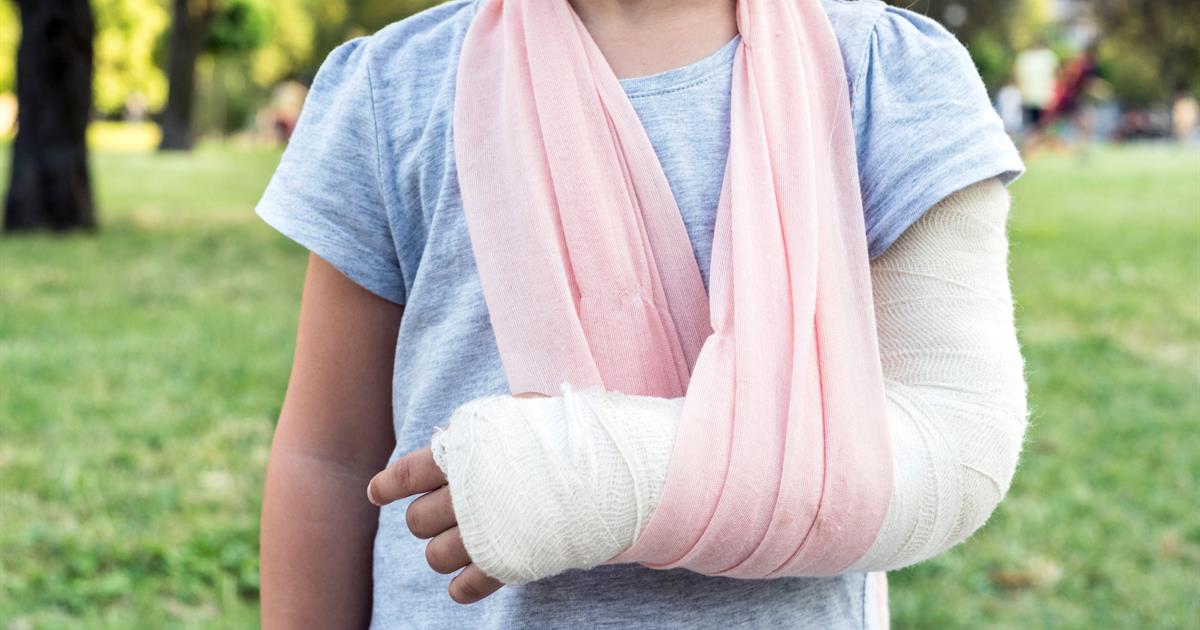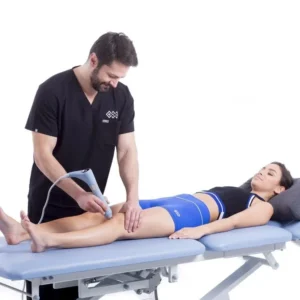Breaking your arm can be a traumatic experience which can severely affect your daily life and ability to complete tasks you once took for granted. What most people don’t realize is that putting your arm in a cast is only half the battle; once the cast is taken off, you will need to work at it to get your full movement back. Read on to learn more about what to expect after your break your arm!
What happens when I break my arm?
Firstly, we need to address how people break their arm, and what is happening exactly when they do. The most common ways these fractures occur are by falling onto it, or by a high-impact blow directly to the area (such as can be suffered in a car accident). You may fracture your humerus (the long bone that attaches into your shoulder), or either your radius and/ or ulna, which are the bones in your forearm. When the humerus is fractured, the ability to move your arm above your head or behind your back is severely limited; when the radius and/or ulna are fractured, movement around your elbow or wrist may be impeded.
What happens next?
The most common course of action for a broken arm is be placed into a cast, splint or brace to heal for around 6 weeks. Surgery is often unneeded, except in the case of complicated fractures or ones which do not heal well. In these cases, screws, plates and rods may be inserted into the bone to hold them together and encourage healing. The recovery and rehab times may differ in these cases from the information provided in this article.
At around the 6 week mark, you will visit with your doctor again and have x-rays taken to check the bone is healing as expected. So long as it is, this is normally the time the cast or splint can come off, and you suddenly realize you can’t move your arm very well…
Why isn’t my arm moving well?
It can be quite jarring to have the cast or splint removed, only to find your arm is really stiff and you can’t move it properly. However, it is very common to experience this, and there are a variety of different treatments a physiotherapist can provide to help get your arm back to normal again. But first, you need to know why your arm is so darn stiff right now.
The reason why it can be so difficult to move your arm fully after a fracture isn’t really because the bone actually broke, it’s because the treatment to heal it meant that you couldn’t move the joints around the fracture for about 6 weeks.
Let me explain a little more.
Let’s take a fractured humerus as an example. The humerus (long bone of the arm) attaches into the shoulder joint. When you fracture your humerus, you aren’t able to move your shoulder for about 6 weeks, and have too keep it placed by your side. What this means is that the many different muscles around your shoulder joint become tight and weak, which limit the movement of your arm when the cast does come off. If the muscles are tight, they will not have enough ‘give’ to allow you to move your arm above your head; if they are weak, they will not have the strength to physically lift and move your arm.
The shoulder joint capsule (which surrounds the shoulder joint and secretes a lubricant into it to help the shoulder move freely) can also become tight, which can also lead to further limitation in shoulder movement. The same things happen when you fracture the bones in your forearm (radius and ulna), except it may be your elbow or wrist which are now stiff and tight.
In layman’s terms, you couldn’t move your arm for a number of weeks, and now it’s really stiff and you’re having a tough time scratching your back.
How can I get my movement back?
Once your doctor has given you the go-head to start moving your arm, physiotherapy should be started to help ensure you recover to your full potential. You will need to be given range of motion exercises to help start stretching your arm and getting it back to full movement again, followed by strengthening exercises to help build up the strength of those weak and deconditioned muscles. Your physiotherapist may also use hands-on techniques to help stretch out and loosen your shoulder muscles and shoulder joint, such as mobilization of your shoulder or IMS, or use electrotherapy machines to help control any pain you may be feeling.
Our team of physiotherapists are expertly placed to help guide you on your road to recovery once you are ready to start rehab. Our goal is to get you back to doing what you love to do, and a broken arm can really get in the way of that. Be sure to call us at 250-493-1152 to learn more about how we can help, or book online by clicking here to view our physio’s availability!







